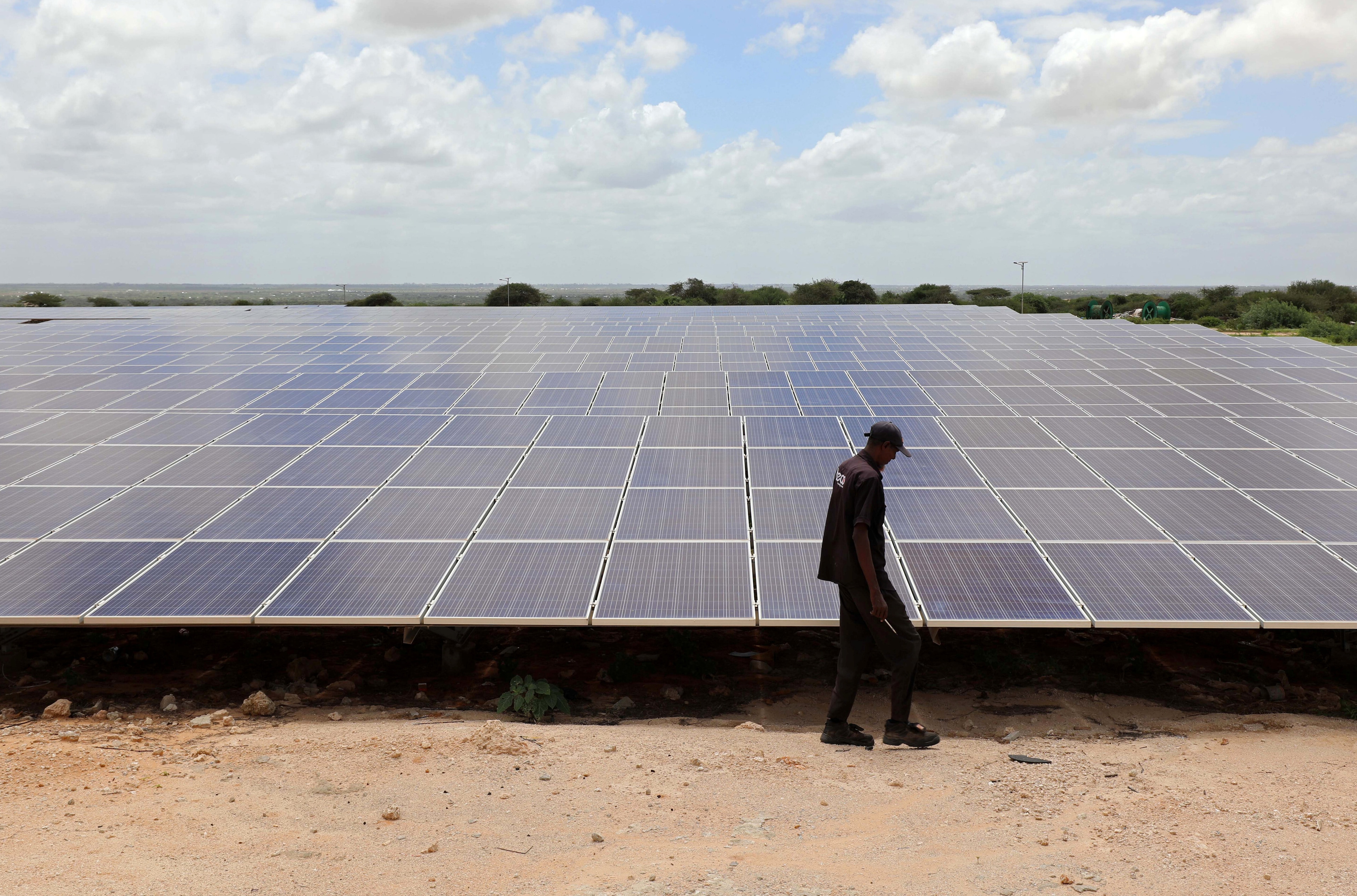Germany has unveiled the world's first hydrogen powered train

The new hydrogen powered train transports passengers along 100 kilometers (62 miles) of track.
Image: REUTERS/Fabrizio Bensch
Stay up to date:
Germany
All Aboard the world's first hydrogen powered train
Hydrogen fuel cells are a greener way to power vehicles. But they have also been cost-prohibitive. Today, though, that’s starting to change — on Monday, German passengers boarded the world’s first hydrogen powered trains.
“Sure, buying a hydrogen train is somewhat more expensive than a diesel train,” said Stefan Schrank, a project manager at locomotive company Alstom, which built the trains, in an interview with Agence France-Presse, “but it is cheaper to run.”

Electric Slide
The new hydrogen powered trains transport passengers along 100 kilometers (62 miles) of track and can travel up to 1,000 kilometers (621 miles) on a single tank of hydrogen, reaching top speeds of 140 kmh (87 mph).
Chemistry recap: Hydrogen fuel cells generate electricity by combining hydrogen with oxygen, and their only byproduct is water. That makes the cells a promising energy source that produces zero emissions and very little noise.
Though they remain pricey, hydrogen fuel cells have advantages over batteries. Instead of recharging, for instance, you can just refuel them like you would a gas or diesel engine. And because train schedules are highly predictable, it’s easier to build refueling infrastructure.
Train-Ing Day
New research is helping cut the cost of hydrogen, and the fuel source is already in use elsewhere in the world to power buses and cars. Trains are much heavier, though, so powering them with hydrogen instead of diesel could do much more to cut carbon emissions.
If all goes well with these first two trains, Alstom hopes to add another 12 to its Lower Saxony fleet. So while they might be the world’s first hydrogen powered trains, they’re unlikely to be the last.
Don't miss any update on this topic
Create a free account and access your personalized content collection with our latest publications and analyses.
License and Republishing
World Economic Forum articles may be republished in accordance with the Creative Commons Attribution-NonCommercial-NoDerivatives 4.0 International Public License, and in accordance with our Terms of Use.
The views expressed in this article are those of the author alone and not the World Economic Forum.
Related topics:
Forum Stories newsletter
Bringing you weekly curated insights and analysis on the global issues that matter.
More on Energy TransitionSee all
Eneida Licaj and Genevieve Sherman
September 10, 2025
Thomas Kiessling
September 10, 2025
Rosa Kariger
September 8, 2025
Maciej Kolaczkowski
September 8, 2025
Mohamed Okash
September 5, 2025
Volker Sick
September 4, 2025





